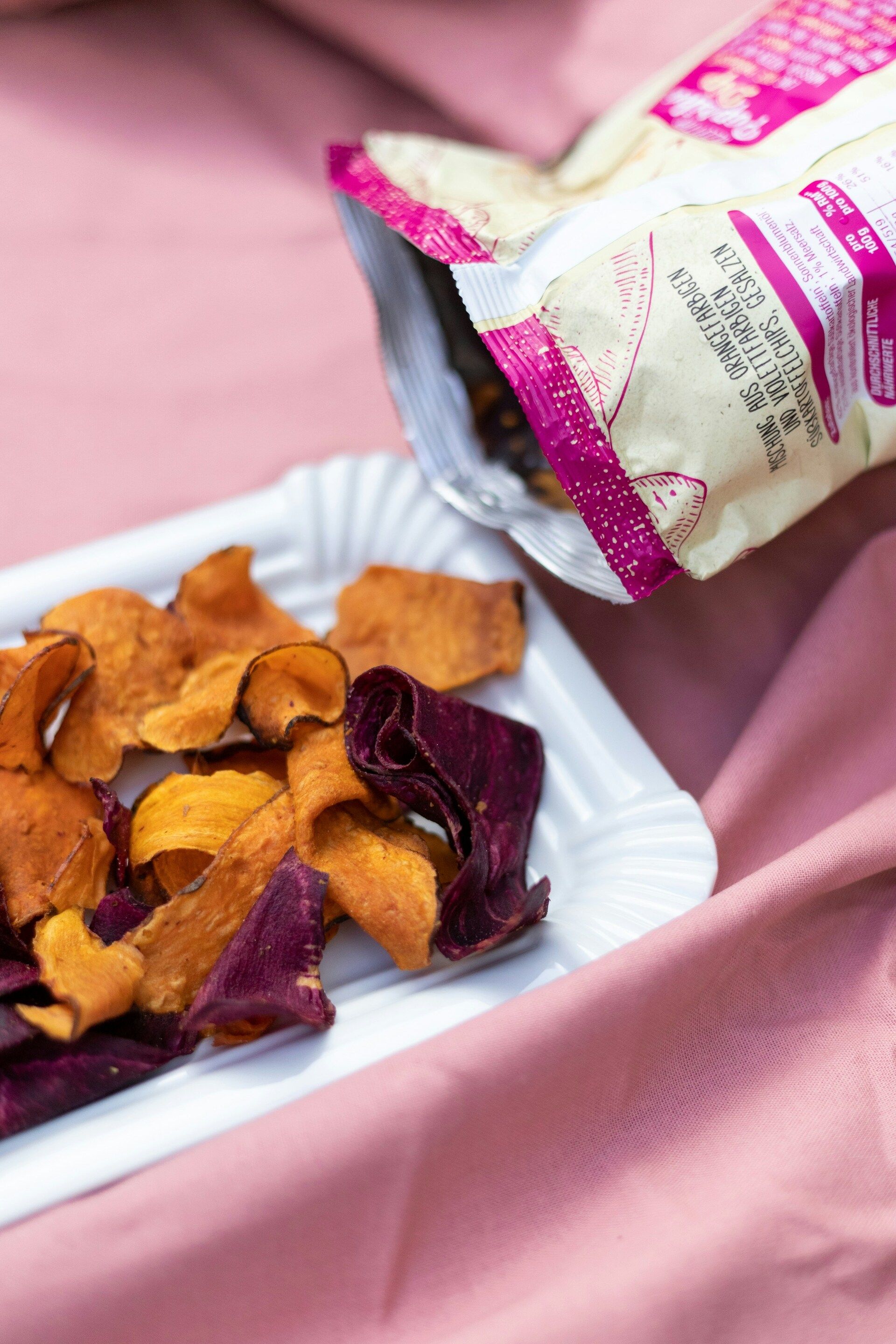- The Life Larder
- Posts
- UPF Decoded - what’s really in our food?
UPF Decoded - what’s really in our food?
I chow down on what's really in our ultra processed foods.

WTF is UPF?
When was the last time you turned over the back of a packet in the supermarket? I bet it was recently. Probably within the last two weeks I reckon.
Our desire to know what we’re really eating is at an all time high - and so is our meals being convenient (even I don’t want to cook from scratch every night. There are some days where I just wish that something hearty, healthy and delicious was just waiting for me on the table). This is where ultra processed foods (UPF’s) have been able to sneak into our lives and change how we eat over the past 50 years. As a kid I remember the freezer being stacked with ready meals (usually some sort of unidentifiable pasta in sauce) but it gave my mum the comfort of knowing that if she was working late, I’d be fed. The ultra processed chef providing a speedy dinner.
Skip to now and those ‘foods’ have become big business (protein bars, a whole meal in a bottle, most treat foods in your cupboard that have a sell by date of 12th of never) and also a big problem for our health. But what really are they, and what do you actually need to know about how they could affect your health?1. Choose the right knife
Foods you can’t make in your kitchen
Ultra-processed foods are essentially products you couldn’t recreate at home, no matter how well stocked your pantry is. They’re often made in factories rather than kitchens and contain industrial ingredients like emulsifiers, stabilisers, artificial flavours, and protein isolates that don’t exist in your supermarket. Think of crisps that never go stale, instant noodles with that unmistakable umami hit, or a protein drink that somehow tastes like birthday cake; these are culinary feats of chemistry, not cooking. The result is food that’s consistent, convenient, and cheap to produce but often far removed from anything recognisable as real food.
Don’t recognise/cant pronounce an ingredient?
If you find yourself squinting at the back of a packet trying to sound out “hydrogenated polyunsaturate” or “monosodium glutamate,” that’s usually your cue that you’re in UPF territory. These hard to pronounce ingredients often serve a purpose; keeping food stable, enhancing colour, or making flavours pop, but they’re not there for your health. The longer and more scientific the ingredient list, the further that product is likely to be from something nature intended. A good rule of thumb? If your grandparents wouldn’t know what it is, it probably doesn’t belong in your food.
So why are they so tasty then?
UPFs are engineered to hit your brain’s pleasure centres like a bullseye. Food scientists spend years perfecting the “bliss point” - the exact combination of sugar, fat, and salt that keeps you coming back for more. Add in the crunch, the melt, and the smell, and you’ve got a perfectly addictive package designed for maximum satisfaction with minimum effort. It’s not your willpower failing, but biology and design working against you. These foods are built to make you crave another bite, even when you’re full.
What does that mean for my health?
While not every UPF is automatically bad research consistently links diets high in ultra-processed foods with increased risks of obesity, heart disease, type 2 diabetes, and even depression. These foods are often calorie dense but nutrient poor, meaning you get energy without the vitamins, minerals, and fibre your body truly needs. They can also disrupt hunger cues; making it harder to know when you’re genuinely full and can promote inflammation in the body. Over time, a heavy reliance on UPFs can make it harder to feel energised, balanced, or satisfied, even when you’re technically eating enough.
What could I eat instead?
Start by swapping out one or two packaged meals a week for dishes made with whole ingredients; the names we recognise and the things our bodies recognise as food. A quick stir-fry, a batch of overnight oats or a beany chilli. Wholefoods are what we’d call ingredients: things that grow, graze, or could be made from scratch in your kitchen. The more you build meals around those, the more your body (and mind) will thank you.
So the next time you turn over a packet, I hope you’ll feel a little more confident to interrogate what’s on there, and choose something that’s right for your body.
Here’s some ways you can work with me 👇
🔪 Private Cheffing & Retreats – Bespoke menus that nourish, fuel, and taste incredible. Whether it’s an intimate dinner, a wellness retreat, or high-performance nutrition, I bring the flavour and the science.
📢 Speaking & Workshops – From corporate wellness to food sustainability, I deliver engaging, no-fluff talks that connect the dots between soil health, nutrition, and better living.
📦 Brand Consulting – Helping food brands create products that are as good for people as they are for the planet. Strategy, product development, and nutrition-led storytelling.
📝 Writing & Editorial – As a Guild of Food Writers member, I contribute to leading publications on all things food, health, and sustainability.
📩 Interested? Say hello at [email protected]